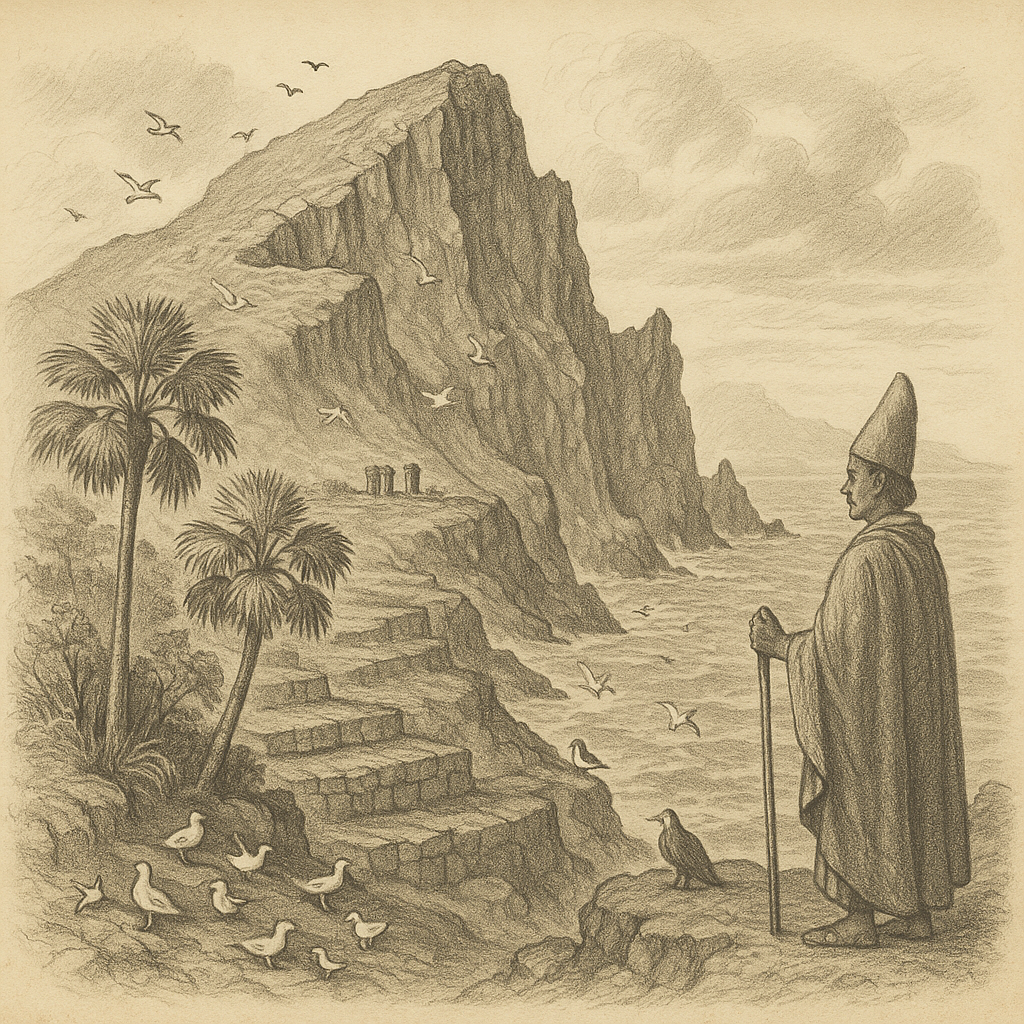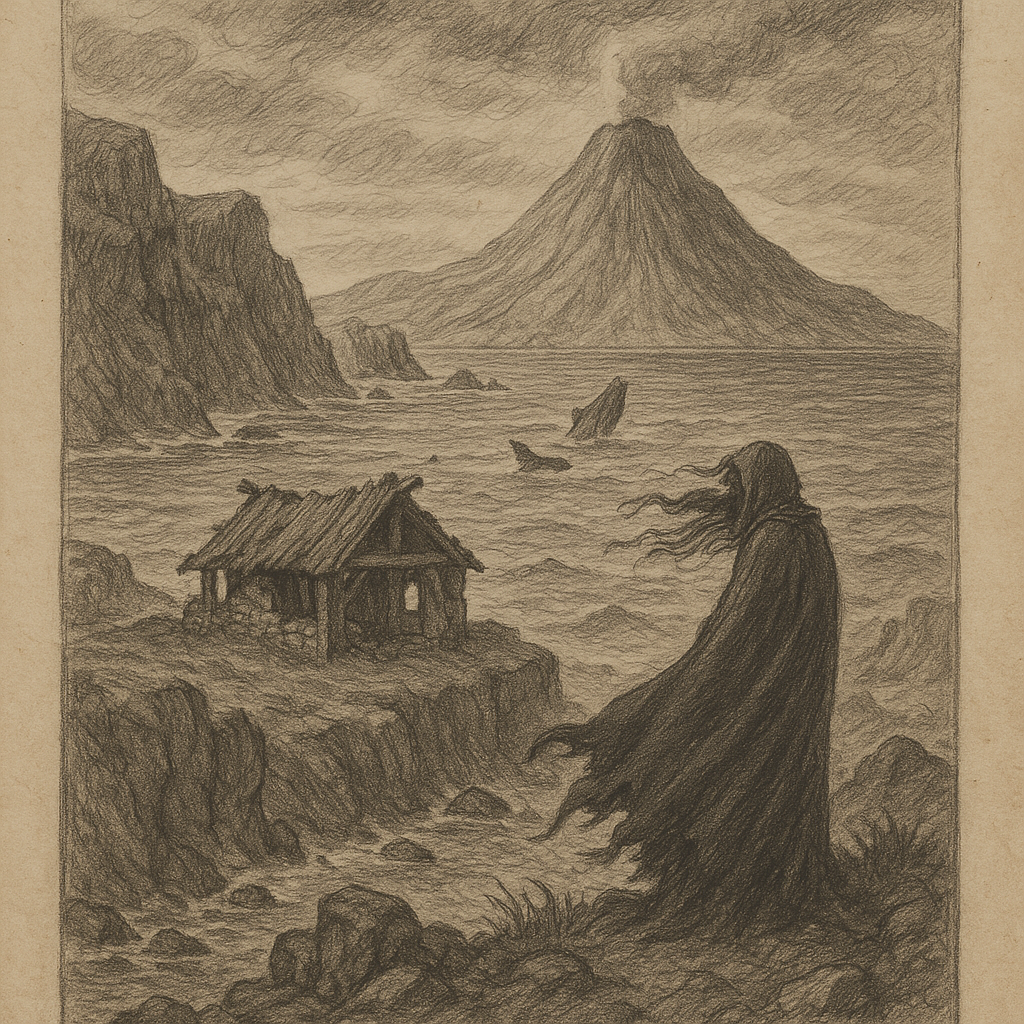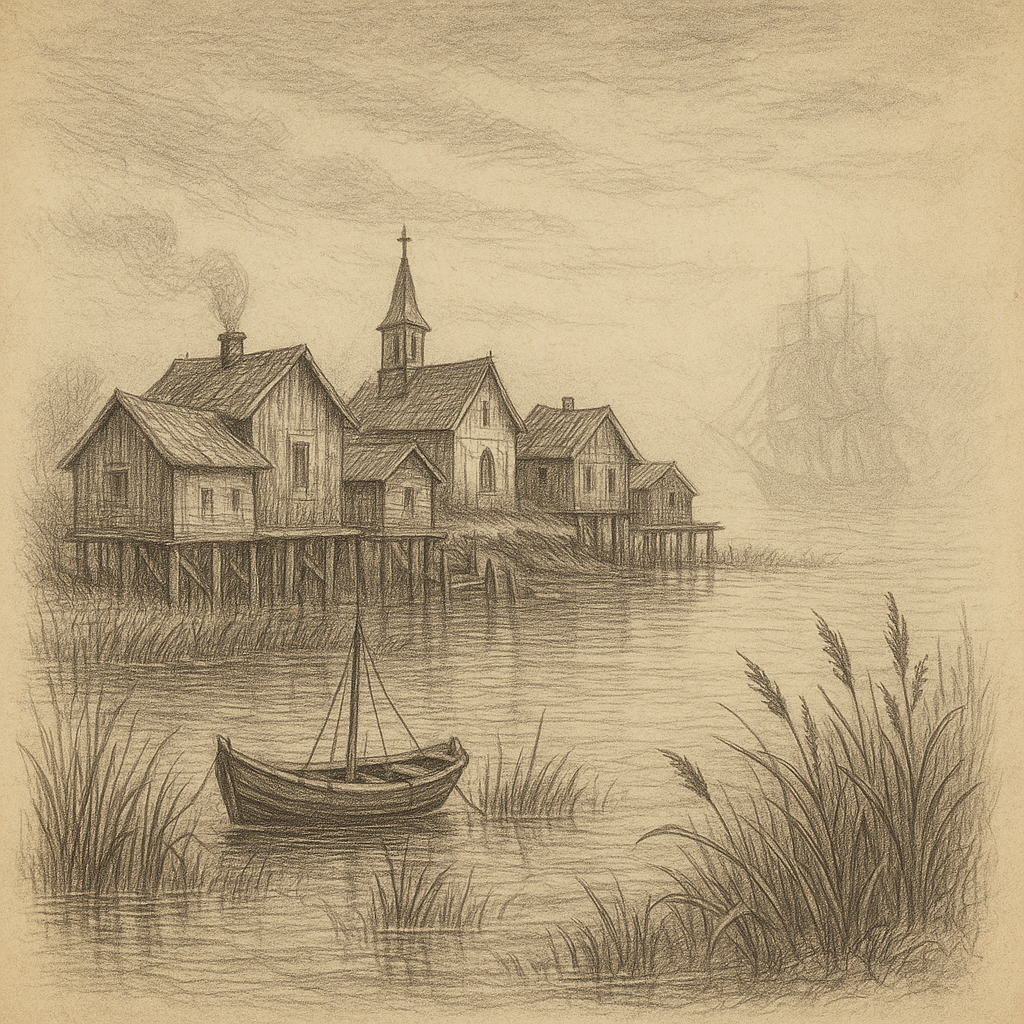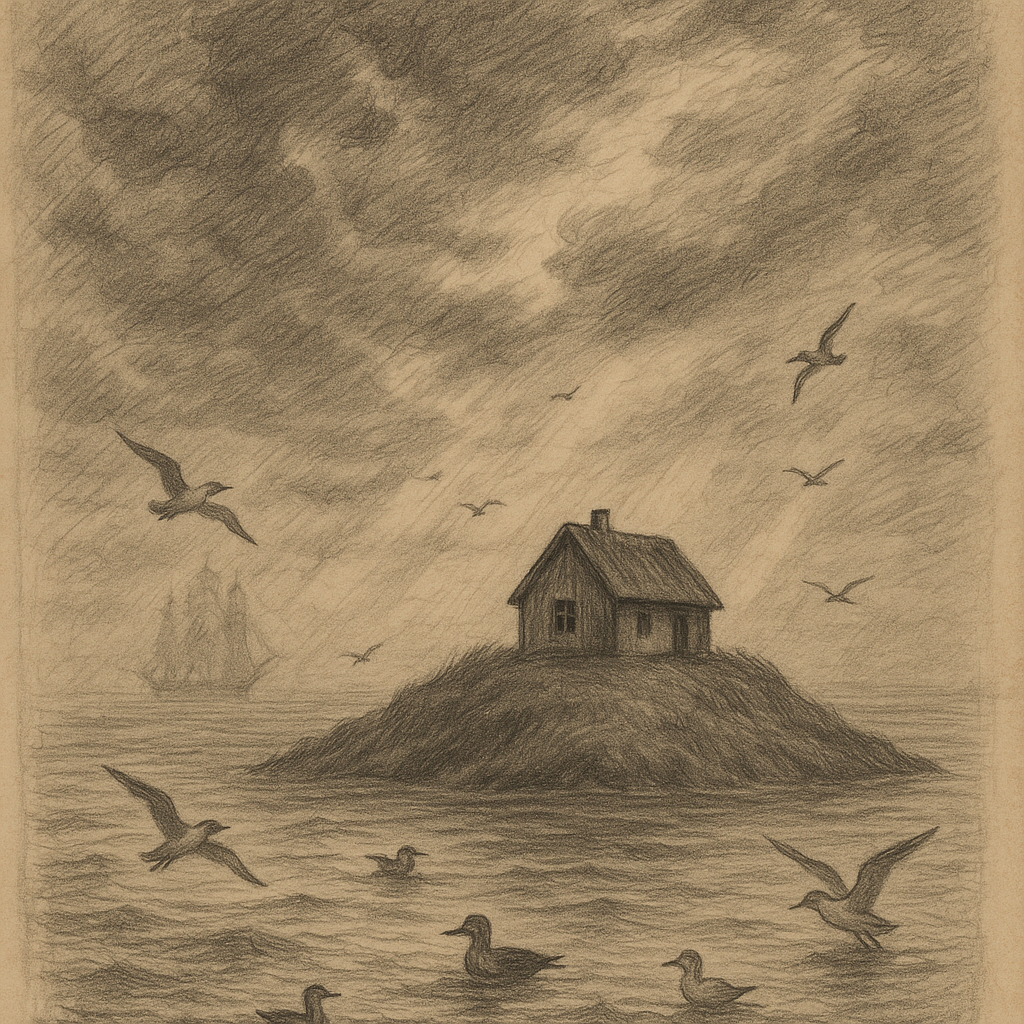Introduction to Nihoa Island
Nihoa Island, formerly known as Bird Island, is a small, remote volcanic island in the Northwestern Hawaiian Islands. It is part of the Papahānaumokuākea Marine National Monument, a UNESCO World Heritage site recognized for its extraordinary natural and cultural value. Covering just around 0.7 square kilometers, Nihoa is the highest and westernmost of the ten islands and atolls of the Northwestern Hawaiian chain that are above sea level. Despite its tiny size, this ancient volcanic outcrop boasts rich biodiversity, profound cultural ties, and an aura of mystery that has fascinated scientists and native Hawaiians alike.
Geographical and Geological Features
Nihoa Island lies approximately 400 kilometers northwest of the main Hawaiian Islands and around 1,200 kilometers from Honolulu. Shaped by volcanic eruptions over 7.2 million years ago, Nihoa is the eroded remains of a once much larger shield volcano. The island rises steeply from the Pacific Ocean, with its tallest peak, Miller Peak, reaching an elevation of 272 meters. Rugged cliffs and narrow ridgelines dominate the landscape, interrupted only by steep ravines and a few flat plateaus near the center.
Geologically, Nihoa provides a unique window into ancient volcanic activity that once formed the Hawaiian archipelago. Its soils, derived from weathered basalt, support rare native plant species, while its jagged topography offers critical nesting sites for seabirds.
Climate and Ecosystem
Nihoa has a semi-arid climate, with average yearly rainfall ranging from 500 to 1000 millimeters, mostly falling during the winter months. Water sources are limited, and there are no perennial streams or freshwater lakes. Despite these harsh conditions, life has flourished on Nihoa.
Its ecosystem is a delicate balance of endemic and native species. Nihoa is home to two bird species found nowhere else in the world: the Nihoa finch and the Nihoa millerbird. Additionally, the island hosts a range of nesting seabirds, including red-footed boobies, great frigatebirds, and brown noddies. The surrounding waters support vibrant coral reef systems teeming with marine biodiversity.
Native plant species, such as Pritchardia remota (Nihoa fan palm), survive in isolated pockets and are monitored carefully to prevent extinction. Conservation efforts are critical as the island is vulnerable to invasive species, natural disasters, and the impacts of climate change.
Cultural and Historical Significance
Nihoa holds deep cultural significance for Native Hawaiians. Archaeological evidence suggests Polynesians visited or inhabited the island hundreds of years ago, possibly as early as the 10th century. Stone terraces, house sites, and religious structures point toward periods of seasonal occupation for agriculture, fishing, or spiritual ceremonies.
Captain James Colnett may have sighted Nihoa in 1788, and later Hawaiian monarchs, including King Kamehameha IV, formally claimed the island for the Kingdom of Hawaii in the 19th century. Eventually, Nihoa was incorporated into the Territory, now State, of Hawaii in 1899.
Today, access to Nihoa is strictly controlled to protect its fragile environment and cultural sites. Permits are granted only to scientific and cultural research teams under the administration of NOAA and the U.S. Fish and Wildlife Service.
Interesting Facts about Nihoa Island
Nihoa’s remoteness has preserved more than its ecology; it also protects its archaeological treasures. The island contains over 80 ancient cultural sites, including altars, dwellings, and agricultural terraces. These features make it the most archaeologically rich island in the Northwestern Hawaiian chain.
In 1924, renowned archaeologist Kenneth Emory led an expedition to Nihoa that deepened our understanding of early Polynesian navigation and habitation patterns. His findings indicated complex social and religious activity, debunking earlier assumptions that Nihoa was only briefly used by pre-contact Hawaiians.
The Nihoa millerbird vanished from the island in the 20th century but was reintroduced in 2011 as part of a successful conservation program after being bred in captivity on nearby Laysan Island. This success story symbolizes hope in preserving Hawaii’s precious endemic species.
Additionally, Nihoa’s ecological isolation makes it a natural laboratory for evolutionary biology. Scientists continue to study its flora and fauna for insights into speciation and island biogeography.
Legends and Lore
Like many remote and sacred places in the Pacific, Nihoa is surrounded by legends and oral traditions that span generations. Ancient Hawaiian chants and genealogies mention Nihoa as one of the kupuna (ancestor) islands, a place of origin and deep spiritual power. According to legend, the gods Kane and Kanaloa sent the first voyagers from Nihoa to explore and settle other islands in the Hawaiian chain.
Another tale speaks of a chief named Kaluahine who once ruled Nihoa. When the land grew barren and the waters dried, she is said to have pleaded with the gods to save her people. Her prayers were heard, and rains returned, birthing the freshwater spring now known as Kaluahine’s Gift—a symbolic legend, as no actual spring exists on the island today.
Some stories recount ghostly chieftains and traveling kahuna (priests) who guard the island’s sacred knowledge. While these legends cannot be verified, they are crucial to understanding Nihoa’s cultural resonance and the reverence it commands among Native Hawaiians today.
Modern Conservation and Access
Nihoa Island is part of the Papahānaumokuākea Marine National Monument, jointly managed by federal and state agencies in partnership with Native Hawaiian organizations. This collaborative governance model aims to protect natural and cultural resources through traditional Hawaiian stewardship practices known as kiaʻi loko and aloha ʻāina.
Access to Nihoa is restricted to approved researchers, cultural practitioners, and conservationists. Unauthorized landings are prohibited due to the island’s ecological sensitivity and cultural sanctity. Those who are granted entry must follow strict protocols, including decontamination procedures to prevent invasive species.
Conservation efforts have been largely successful, including the removal of invasive species like rats and the stabilization of archaeological structures. Despite this, challenges remain, especially in the face of rising sea levels, ocean acidification, and extreme weather events that threaten both biological and cultural treasures.
Conclusion
Nihoa Island is much more than a speck of land in the vast Pacific—it is a living museum of natural history, a sanctuary for rare species, and a sacred place in the tapestry of Hawaiian heritage. With its steep cliffs, haunting terrain, ancient sites, and enduring legends, Nihoa continues to inspire awe and earnest efforts to preserve its unique legacy. It represents the intricate bond between people and place, nature and culture, past and future.



